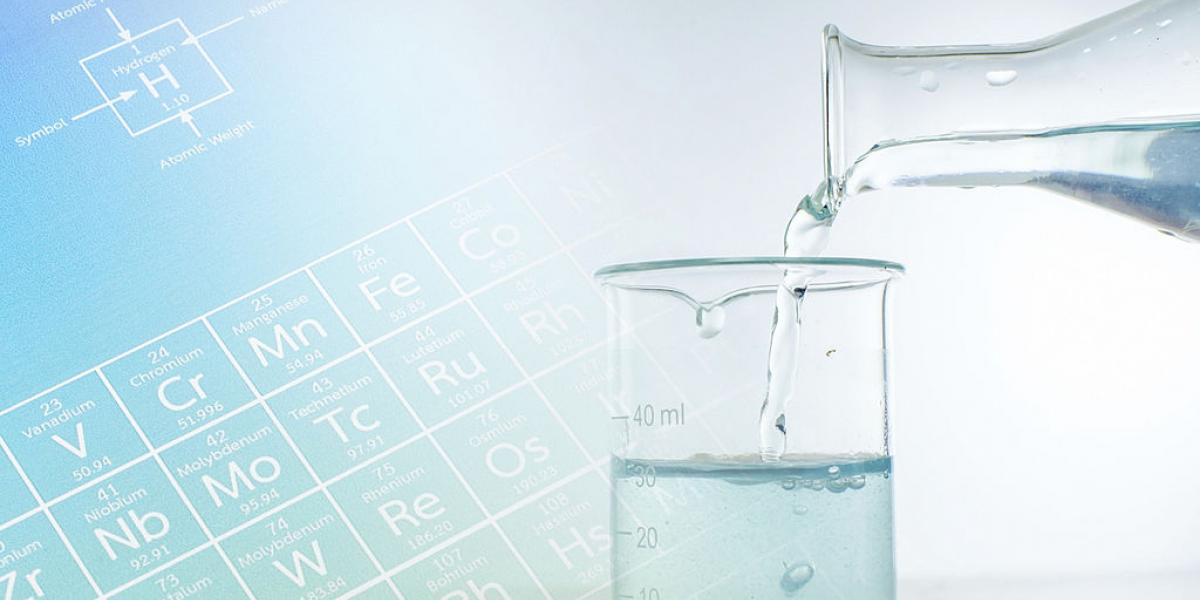You are here

On 8 June 2020 Korea’s Ministry of Employment and Labor (MoEL) proposed a major revision to the Standards for Classification and Labeling of Chemical Substances and Material Safety Data Sheets (MSDS) (화학물질의 분류·표시 및 물질안전보건자료에 관한 기준) (Standards), through the MoEL Public Notice No. 2020-247. The MoEL will collect public comments until 29 June 2020.
3E Review
The Korean MoEL's proposal is summarized below.
- To claim Confidential Business Information (CBI), companies must submit substitute chemical names and concentration information as well as supporting data to the MoEL for approval. Harmful chemical substances that may cause serious health hazards to workers, i.e., prohibited substances, substances requiring permission, hazardous substances subject to management, harmful factors subject to measurement of the work environment, hazardous factors subject to a special health examination and substances having a physical hazard, health hazard or environmental hazard under K-REACH, are not eligible for CBI claims. Upon the MoEL’s review, whether approved or disapproved, companies must provide the information on their SDS.
- The concentration disclosure for substitute chemicals on the SDS is introduced. For a concentration of a substance at less than 25%, companies can put the concentration with a range of ±10 %, and for a case of 25% or more, they can display it within a range of ±20 %. Thus no exact concentration of substitute chemicals is required on the SDS.
- The scope of the R&D chemicals or products that are exempt from the SDS submission requirement is provided. Exempt R&D cases are, for example, the chemicals or products for scientific experiments, analysis, or research such as reagents, to develop chemicals or products, to improve and develop the production process, to test the application of chemicals in the workplace and for pilot production of chemicals or products.
- When submitting the SDS, companies must select one use category at a minimum as stipulated in Table 5 of the Standards. The proposal provides 48 use categories in total for companies to select from. In the case of chemicals and harmful factors that cause health hazards to workers, more than one use category specified in Table 5 must be provided on the SDS.
- Table 6 in the Standards provides cut-off limits for health and environmental hazards, ranging from 0.1% to 1% in 13 categories. If the chemical content in a mixture corresponding to health and environmental hazards is below the threshold, i.e., acute toxicity, 1%; respiratory sensitization, 0.1%; or hazardous to the ozone layer, 0.1%, or physical hazards less than 1%, then information on each section of the SDS is not required. If falling under both physical and health or environmental hazards, the lower cut-off limit is chosen.
- Multiple products containing the same components may be combined via one SDS. However, if a product contains substances such as perfume, flavoring, or pigment components and their contents (total content for mixture) are less than 5%, one SDS per product must be submitted.
- The SDS registration number assigned upon the SDS submission is required for display on the SDS. In addition, if the supporting data for the substitute chemical substance is submitted, the result of the approval, partial approval, or disapproval must be reflected in Section 3 on the SDS. If approved or partially approved, the approval number and expiration date are also required in the same section of the SDS.
- Several GHS classification and hazard communications are revised. The followings are examples:
- “Flammable aerosols” is changed to “Aerosols”
- Under the "flammable gases" category, the definition of "pyrophoric gases" is added as the gas that spontaneously ignites in air below 54℃
- For physical hazards, pictograms to be used according to the UN Recommendations on the Transport of Dangerous Goods (UNRTDG) can replace the GHS pictograms
- H and P codes and statements are changed, i.e., the removal of P202; the additions of H206, H207, and H208; and the addition of combinations, such as H300+310
- Categories for single substances are revised and subcategories are newly added:
- Subcategories 1A, 1B, and 1C under "skin corrosion/irritation"
- Subcategories 2A and 2B under "serious eye damage/eye irritation"
- Subcategories 1A and 1B under "respiratory or skin sensitization"
3E Analysis
Pursuant to the Korea Occupational Safety and Health Act (K-OSHA) amendment, issued on 15 January 2019, companies who manufacture or import chemical substances are required to comply with the revised Standards. Additionally, companies must conform to the newly introduced K-OSHA requirements, such as the SDS submission and chemical with substitution approval.

 Top
Top